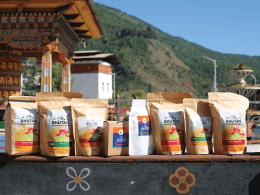As Bhutan braces for its annual fire season, the country is testing two new eco-friendly, non-toxic fire retardants in a bid to strengthen its fight against forest and structural fires. The initiative, led by the Department of Forests and Park Services, involves products developed by Singapore-based Fire Terminator International and was showcased yesterday in Khasadrapchu, Thimphu.
The two solutions—FT JN1010 for structural fire protection and FT JN669 for forest fire suppression—are diluted with water and stored in firefighting trucks and equipment. When sprayed, they form a protective coating on vegetation and structures, slowing or stopping the spread of flames. Beyond suppression, the products are designed to prevent fires from reigniting by disrupting the combustion process at the molecular level.
Senior Forestry Officer Karma Chorten Dendup emphasized the importance of innovative tools in tackling Bhutan’s increasing fire risks. “This solution will not only help us suppress forest fires, but the JN1010 product, in particular, will greatly aid in structural firefighting,” he said. “To strengthen the country’s fire resilience, it is crucial for all departments and agencies to come together and explore new ways to curb or minimise fire incidents.”
Chief scientist and inventor Dr. Judah Jay highlighted the health and environmental safety of the products, contrasting them with conventional fire retardants that contain toxic chemicals linked to cancer in firefighters. “Our product does not contain harmful substances like perfluorooctane sulfonate, making it safe for both people and the environment,” he said.
Costing around USD 25 per litre—though offered to Bhutan at a discounted rate—the solutions are also marketed as cost-effective. If the Thimphu pilot proves successful during the upcoming fire season, the program will be rolled out nationwide.
With the fire season looming, Bhutan’s firefighting strategy could soon see a major shift—one that not only prioritizes effectiveness but also the safety of its people and ecosystems.








